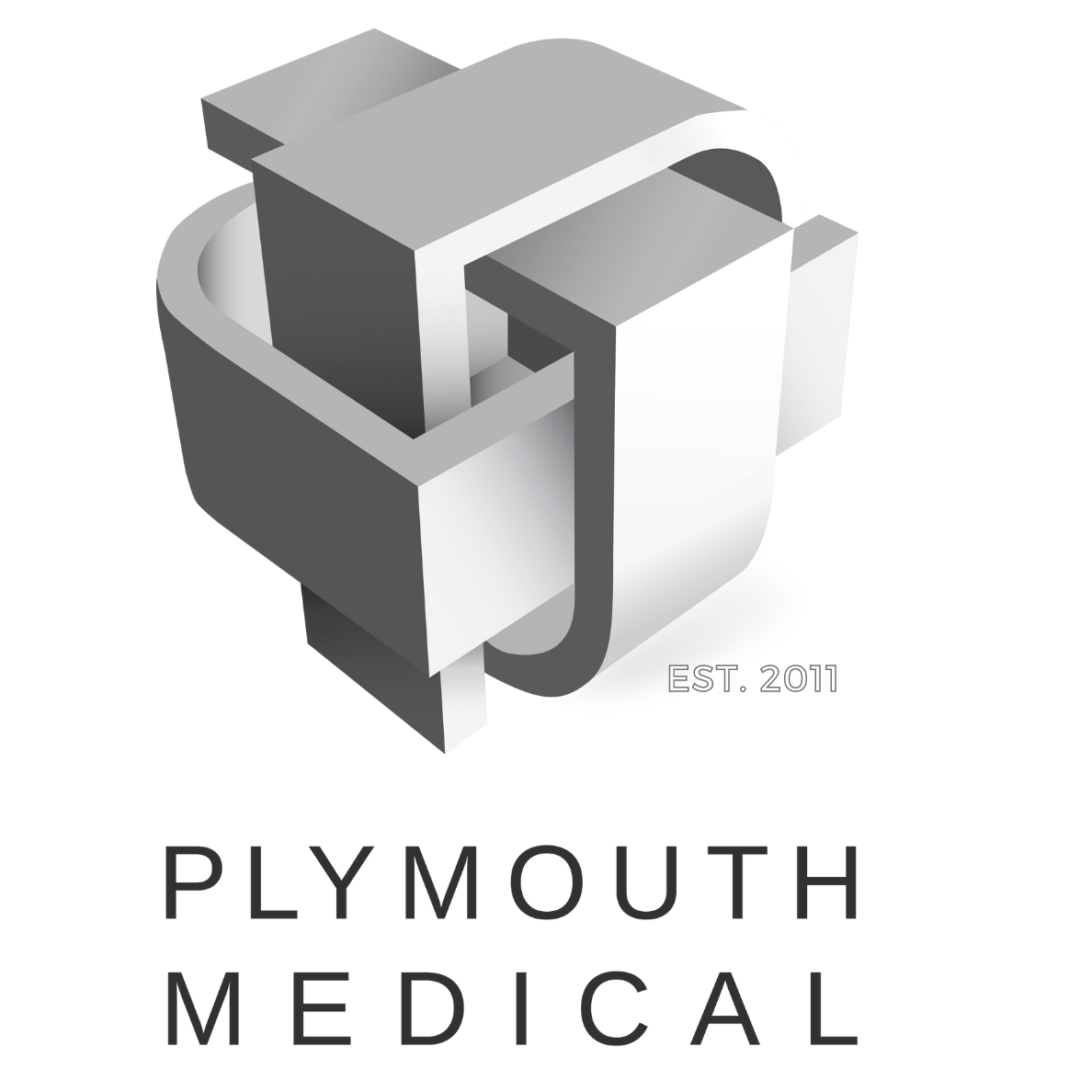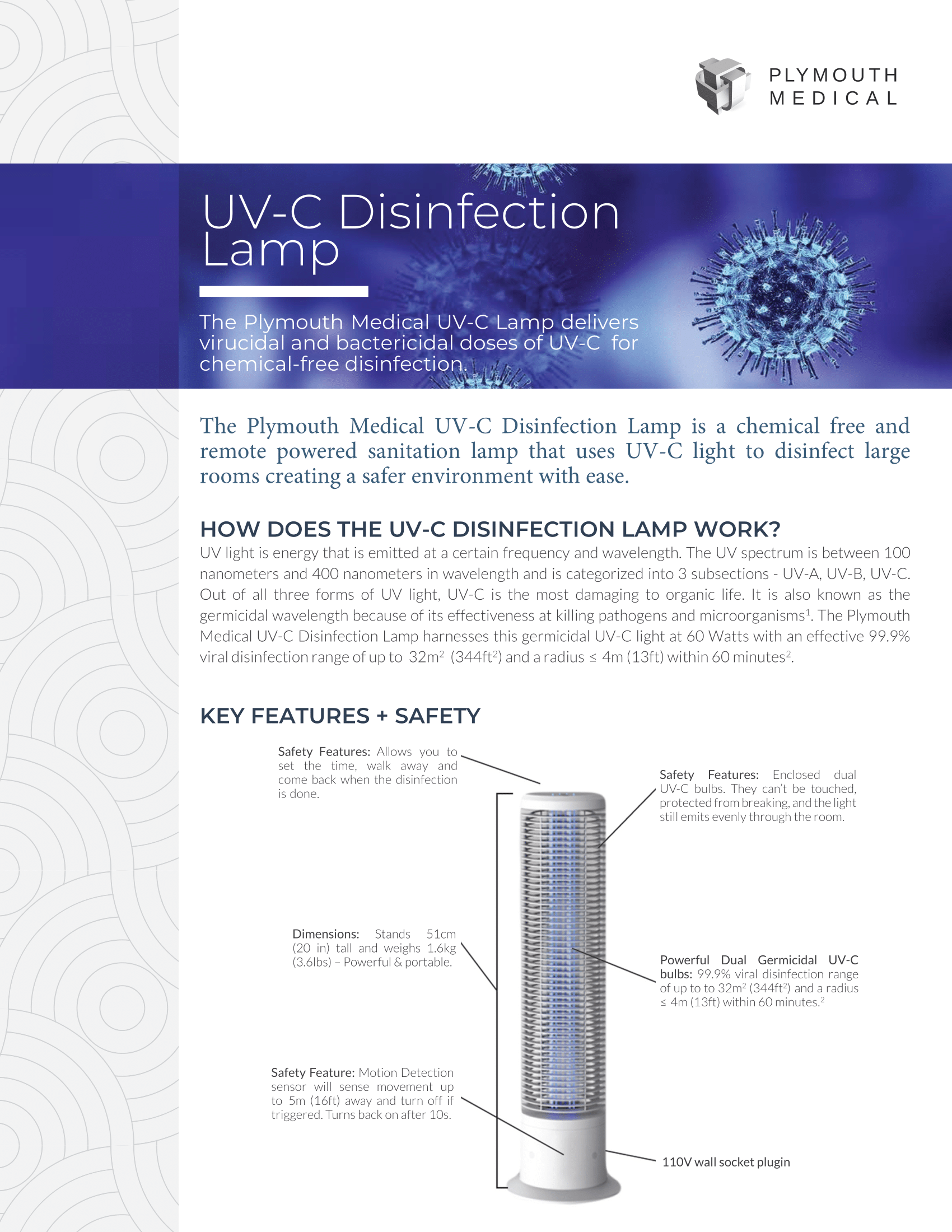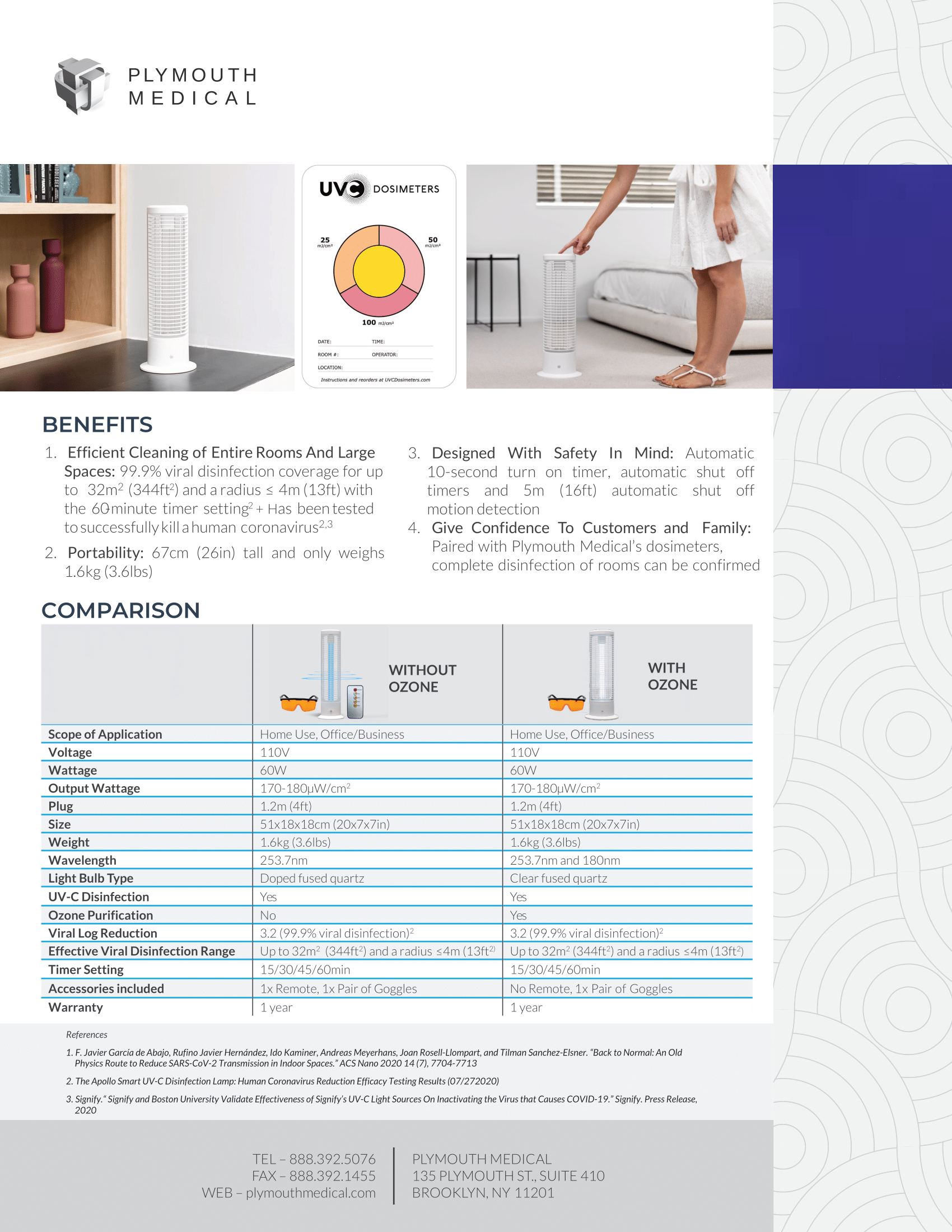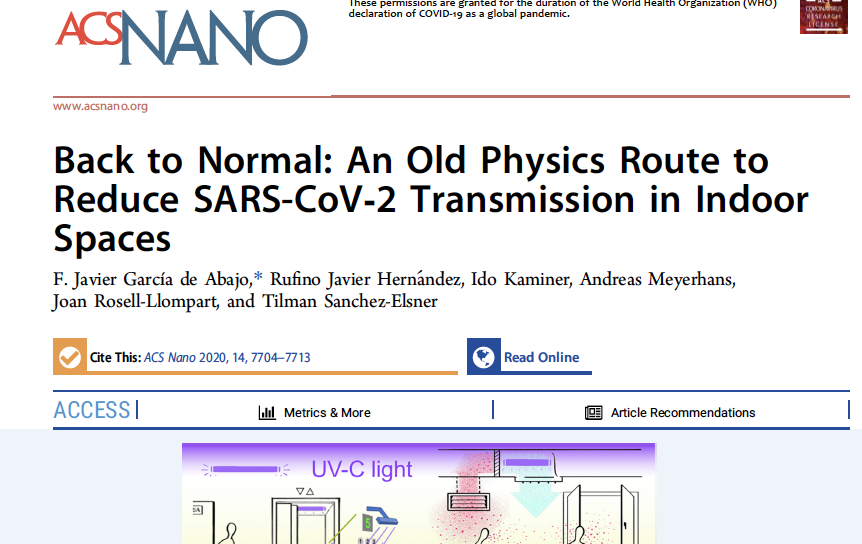We were able to determine the most effective times for using The Plymouth Medical UV-C Disinfection Lamp based on data from users.
Business Use: The most time-efficient way of implementing The Plymouth Medical lamp into a business setting is to use after hours of operation. For example, school districts would continue to use their janitorial staff for high levels of sanitation. At the end of the day, before they would leave, the janitorial staff would activate The Plymouth Medical lamp for the 60-minute setting. There would be one or two units per room depending on the size. Disinfecting the room after business hours is recommended for the UV-C Lamp with ozone as the room needs to be aired out after your disinfection cycle (between 1-4 hours depending on the selected disinfection cycle). If you would like to disinfect the room in between patients during business hours, we recommend purchasing the the UV-C Lamp without ozone as the room does not need to be aired out after the disinfection cycle - it can be accessed right away.
Home Use: In a home environment, many people have reported activating the unit before going to work, before going out, or after going to bed (in a separate room). There would be one or two units per room depending on the size. The dissipation time for the UV-C lamp with ozone is the same for home use: If you purchase the UV-C Lamp with ozone, the room needs to be aired out after your disinfection cycle (between 1-4 hours depending on the selected disinfection cycle). If you would like to access the room right after the disinfection cycle, we recommend purchasing the UV-C Lamp without ozone as the room does not need to be aired out after the disinfection cycle.












